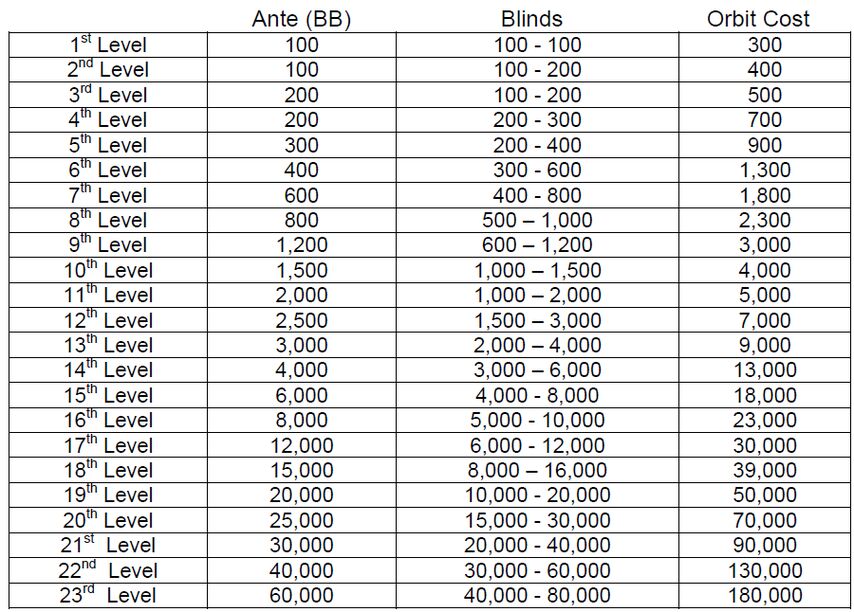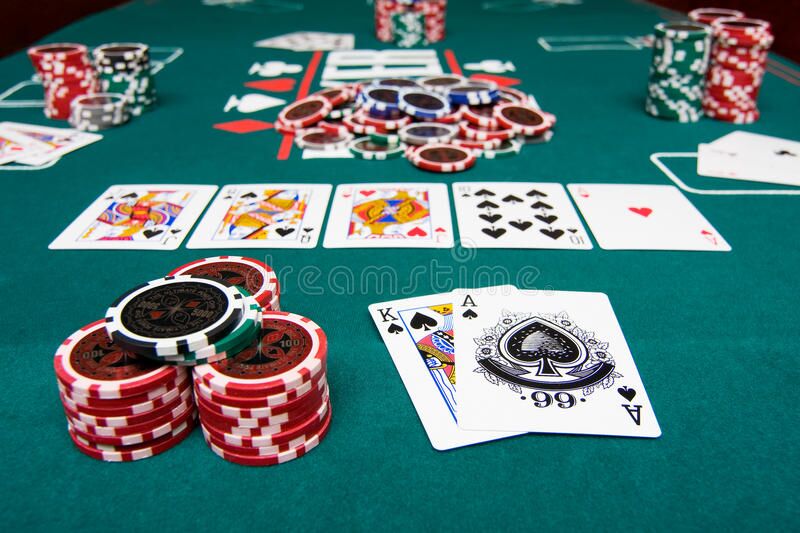Ante bets, by definition, are mandatory bets that all players must place before the start of each hand in poker. Ante typically represents a portion of the big blind. For example, if the poker room or online poker site sets the blinds at 100/200, the ante may be fixed at 20 chips. The fundamental essence of any poker game lies in the concept of forced bets. These bets require players to put their money or chips on the line, regardless of the cards they hold. Without them, there would be no stakes and no incentive to play anything other than high-value hands, resulting in a lackluster game.
Evolution of Antes in Poker
The use of antes in poker has evolved over the years, much like the game itself. Poker was a popular game in American casinos and gambling halls by the beginning of the 20th century. Often, antes were employed in these games to increase the pot size and make the game more exciting. In a game where the minimum wager is $1, the ante may be as low as $0.10 or $0.25. It allowed players to continue playing somewhat tight, cautious poker without losing too much cash with each hand. In the early days of Hold'em, antes were optional and introduced when the game reached a particular point, or the players decided to include them.
Over time, antes grew to be seen as a necessary component of the game, and today, most poker rooms and sites structure tournaments and cash games around them. Due to the game's rising popularity and the necessity to keep the pot size competitive, the ante size also increased. Nowadays, the antes in most poker games are around 5% to 20% of the big blind. Antes have evolved into a crucial instrument for balancing the game and promoting aggressive play in addition to their original purpose of increasing the pot.
Moreover, using antes has introduced new poker tactics and approaches as players attempt to use the game's structure to their advantage. Some players, for instance, like to play more conservatively in the early stages of a tournament when the antes are small and then become more aggressive as the antes grow and the pot size increases. Antes' function has evolved from establishing a pot to balancing the game and promoting aggressive play, and they are still an essential feature of poker tournaments and cash games today.

Use of Big Blind Ante in Live poker
Certain live poker games may feature the term big blind ante as a variant of the regular ante system. Rather than every player posting an ante before each hand, only the player in the big blind position must post an ante for the whole table under this format. The purpose was to speed up the game, and the basic idea was to have one player pay the equivalent of the entire sum of the individual ante so that no one else had to pay. It would speed up the game since collecting antes from recreational players may be time-consuming, and players often forget; some don't pay attention or are preoccupied.

Which comes first when a player is short—the ante or the big blind? It is crucial because if they contribute their ante first, they will only get it back if they win the hand. They may win the blind and the additional chips given by players who called or raised as in a typical all-in pot if they contribute the blind first. Ante first is now the most popular, although that is not always the case.
When casinos and poker rooms initially used the single ante idea, several poker rooms and casinos chose to lower the ante to a small blind amount after the dealer confirmed that the tournament was officially short-handed. Poker rooms implemented the big blind ante system because they perceived it fairer and more competitive, forcing the blinds and antes to come around faster. Big Blind Antes simplify the game, speeds up play, and eliminates table confusion.

Using Bigger Antes Instead of Blinds in Online Poker
Some poker sites like 888poker and Pokerstars use bigger antes rather than blinds in some games. In online poker, there are many benefits to employing larger antes. One advantage is that it may speed up the game since players must put more money into the pot preflop, resulting in more action and fewer hands in which everyone folds. Larger antes may raise the size of the pots, which everyone usually loves.
Yet, there are several downsides to using bigger antes. One downside is that they might be perplexing for novice players who are used to the conventional blinds method. Moreover, higher antes might make the game more volatile since players may be more willing to take risks in hopes of winning bigger pots. Some believe that larger antes make the game more thrilling and lucrative. It is up to the player to choose which method they prefer and which is optimal for their playing style.
How Antes Impact the game
As previously stated, one of the critical functions of antes is to increase the pot size. When players compete for a greater reward, this might lead to larger bets and more aggressive play. They increase the cost of folding: While antes are in play, players who fold still have to give up their antes. Due to the higher cost of folding, players may play more hands, even when they hold a terrible hand.
Since antes affect the size of the pot and the cost of folding, players may need to alter their strategy to compensate for the increased risk and potential profit. The pot size, folding cost, and play tempo can all significantly impact ante-play in poker. They can also affect a player's strategy by forcing them to modify it in response to the higher risk and reward. Players must therefore comprehend how antes function and how they can affect the game. With this knowledge, players are better equipped to make wise choices and take advantage of ante-related opportunities.














